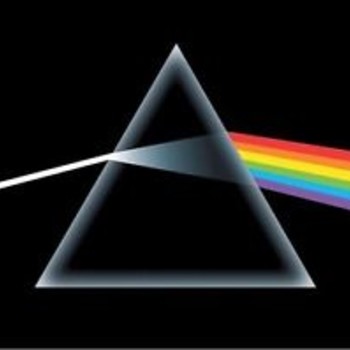A store has clearance items that have been marked down by 50%. They are having a sale, advertising an additional 20% off clearance items. What percent of the original price do you end up paying?
2 Answers
Explanation:
So here we need to make a two-step changing factor.
This means that we first take
Now that we have that, we know that we in total get
Or with maths:
Now try that with our value we got which is
Now we know that the total percentage off has to be
I know it can be confusing that
Hope this helps
Explanation:
If a discount of
Another
Find


